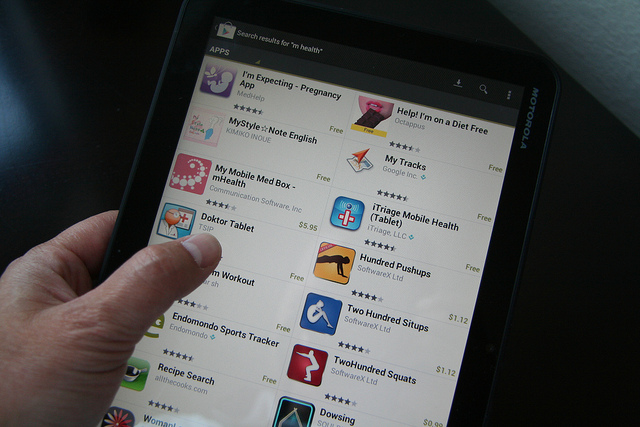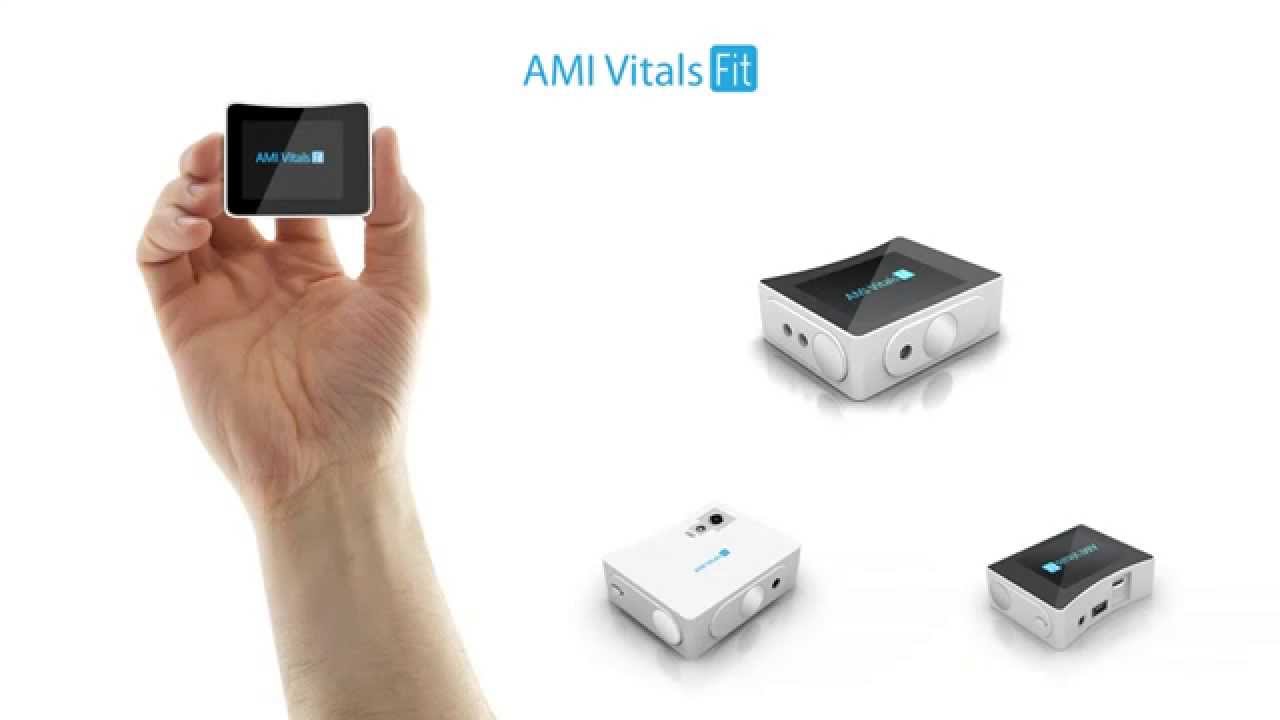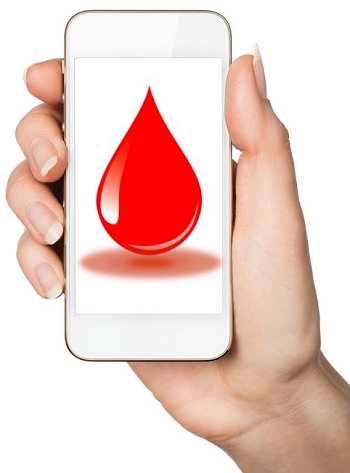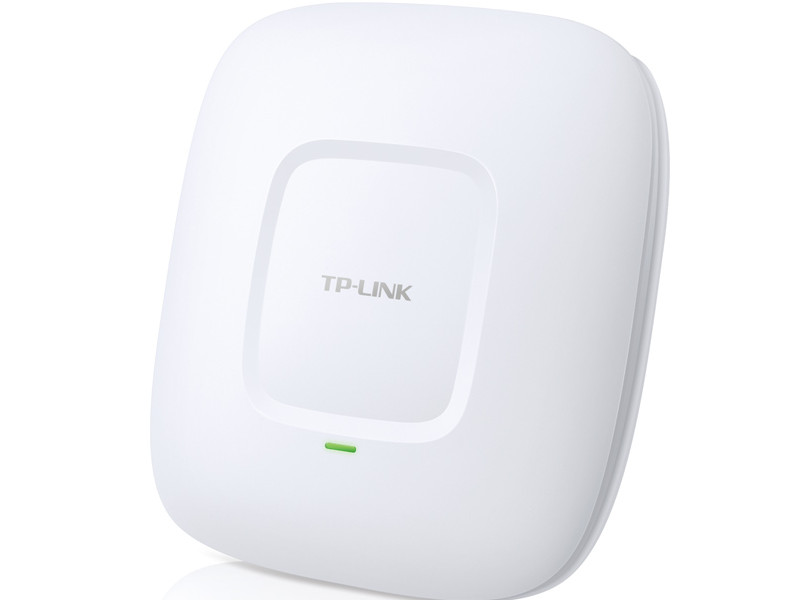Moving past a row of patients supine on their electric beds, past the beehive of the nurses’ station, a robot glides by beeping the heart monitor. The sleek, metallic body, dusky blue, stops outside a room and slowly rolls through the doorway. Liesching, even from distant location, is able to listen to the heart beat rate of its patient and the heavy sounds of her battered lungs struggling to pull in air. The doctor asks a few more questions before he maneuvers the robot out of the room using a joystick he operates in Burlington. The machine that Liesching, Director of telemedicine at the Lahey Clinic, is directing through the corridors of Beverly Hospital is the only one of its kind in New England, told the officials at the clinic. To ease the shortage of specialists, these robots have been designed, such as critical care physicians like Liesching. A robot is also being used by the Lahey to examine patients at King Edward VII Memorial Hospital in Bermuda. The hospital has three other robots it hopes to place soon in other New England hospitals. Doctors at Lahey, who have formed a partnership with Beverly Hospital to provide critical care specialists, began using the robot this spring to gather more information about patients when they could not see them in person.
The robots carry stethoscopes that clinicians in the remote hospitals can place over patients’ hearts and lungs, and the doctors, far away, can hear through special headphones. The doctors can see their patients, ask them questions, and study their monitors. Lahey doctors and researchers and elsewhere see robots as potential money savers that could lower healthcare costs for critically ill patients. It was agreed by Dr. Ronald Dixon, an internist at Massachusetts General Hospital who researches telemedicine, that visiting patients virtually, with robots or computers, can save money. But he cautions that especially with seriously ill patients, virtual consultations can only augment, not replace, face-to-face medical care. Doctors and researchers at Lahey and elsewhere see robots as potential money savers that could lower healthcare costs for critically ill patients. So lower cost of care and saving on traveling inconvenient distances are two important benefits of using such technology in hospitals.

Be a part of Elets Collaborative Initiatives. Join Us for Upcoming Events and explore business opportunities. Like us on Facebook , connect with us on LinkedIn and follow us on Twitter , Instagram.












